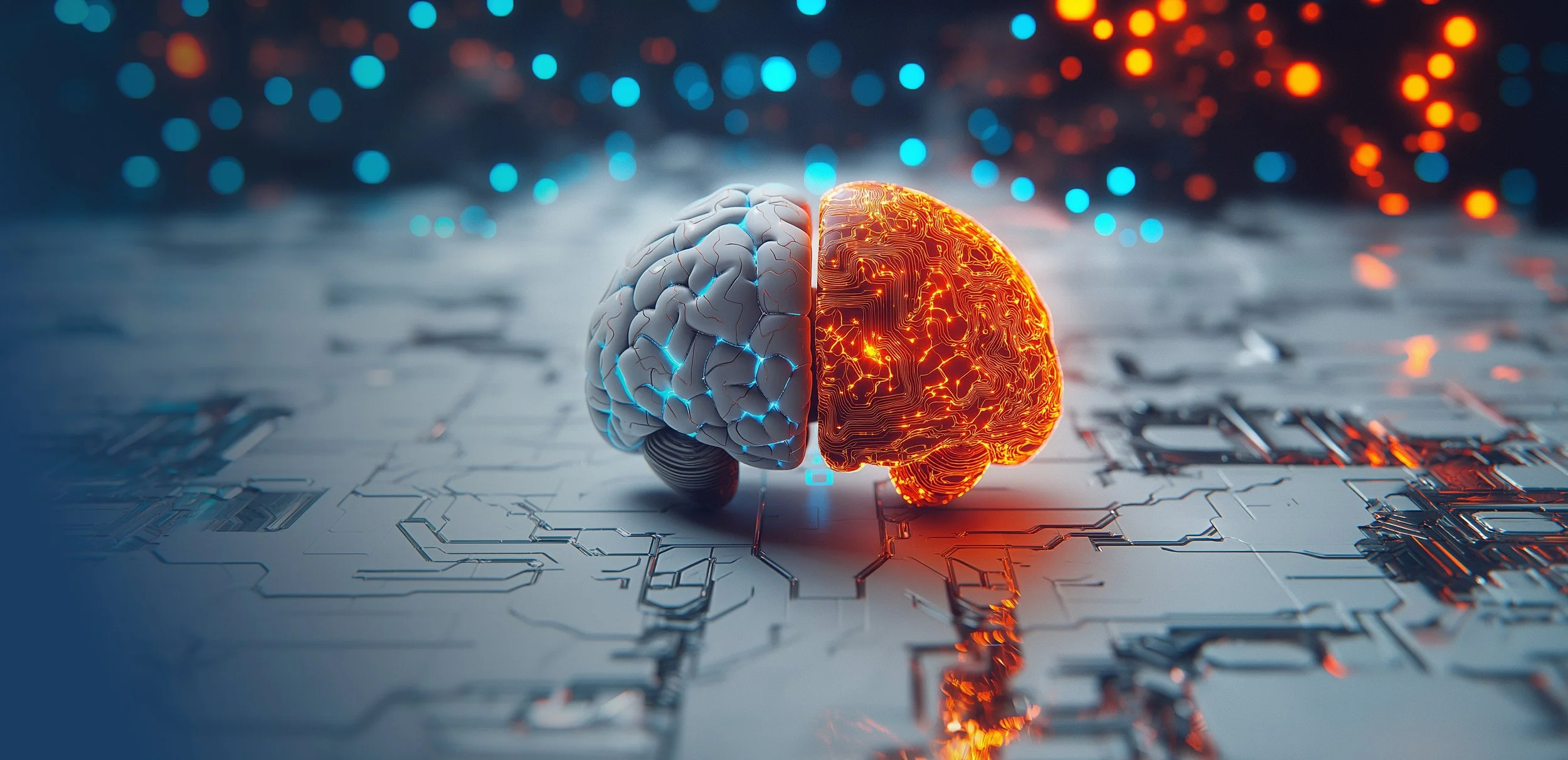Many laboratories are exploring Brain-Computer Interfaces with both noninvasive and invasive technologies. Meta AI, for example, has recently demonstrated the ability to decode a participant’s typing intentions with reasonable accuracy with 300-channel MEG (Lévy et al., 2025). Although these authors claim superior performance for MEG versus EEG, their EEG system was limited to 64 channels. Now classical analyses on first principles show that, if head tissue conductivity is specified carefully, MEG and EEG are roughly equivalent and limited mainly by channel count (Malmivuo, 2012; Ryynanen, Hyttinen, Laarne, & Malmivuo, 2004). A replication of this experiment with a 280-channel HDEEG would allow a direct comparison. Including individual head modeling with source localization to the cortical surface will achieve more detailed classification of levels of language process, rather than being limited to the motor actions of typing.




